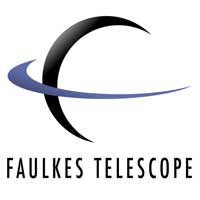Back Down2Earth Booklet - Meteor Showers
Click here for the PDF Download of this booklet
Next Chapter: Rock Types
Why is space filled with these chunks of rock and dust?
They are leftover bits and pieces from when the planets formed, over four and a half billion years ago. The biggest chunks of rock are called asteroids, which we have already come across. As we have already discovered, comets are also leftover debris from the planet–building phase, but they are made of dust and ice, rather than solid rock. When they swoop near the Sun they grow a tail of dust that’s vaporised from their surface by the Sun’s warmth. Periodically Earth will move through the path of one of these comet tails – the dust itself can linger for decades, long after the comet has been and gone – and we get a meteor shower, where there can be dozens or, during a particularly good meteor shower, hundreds of shooting stars per hour.
The best meteor showers are the Quadrantids that peak on 3 January every year, the Lyrids that peak on 22 April, the famous Perseids on 12 August, the Orionids on 22 October, the Leonids on 17 November and the Geminids on 14 December. The Geminids, it is thought, are actually dust from an asteroid called Phaethon rather than a comet – and it has been shown that Phaethon was originally part of the second biggest asteroid Pallas, but was smashed off in a mighty collision with another asteroid billions of years ago.
Click here for information on how to watch your own meteor shower in the night sky.
Next Chapter: Rock Types


